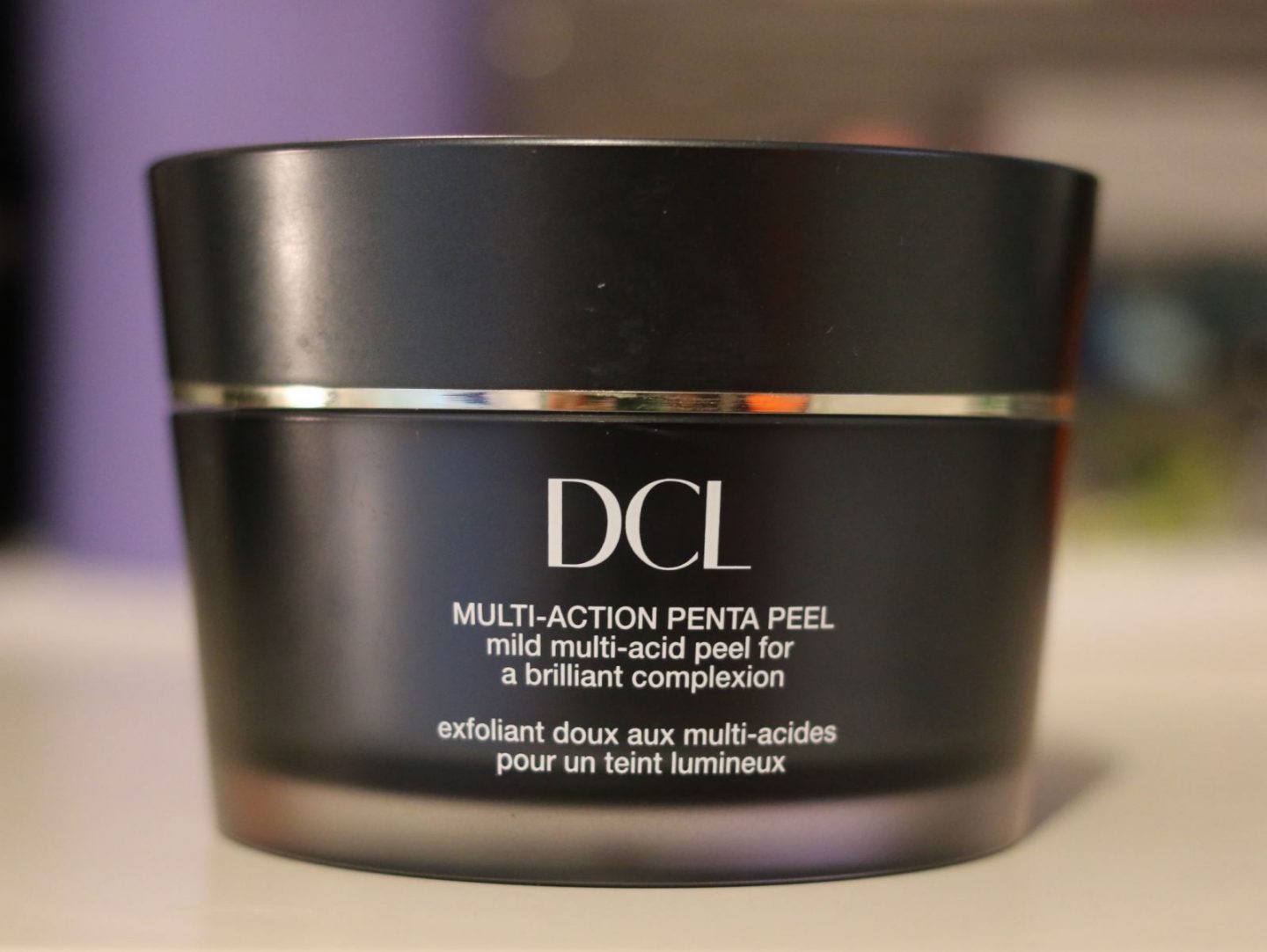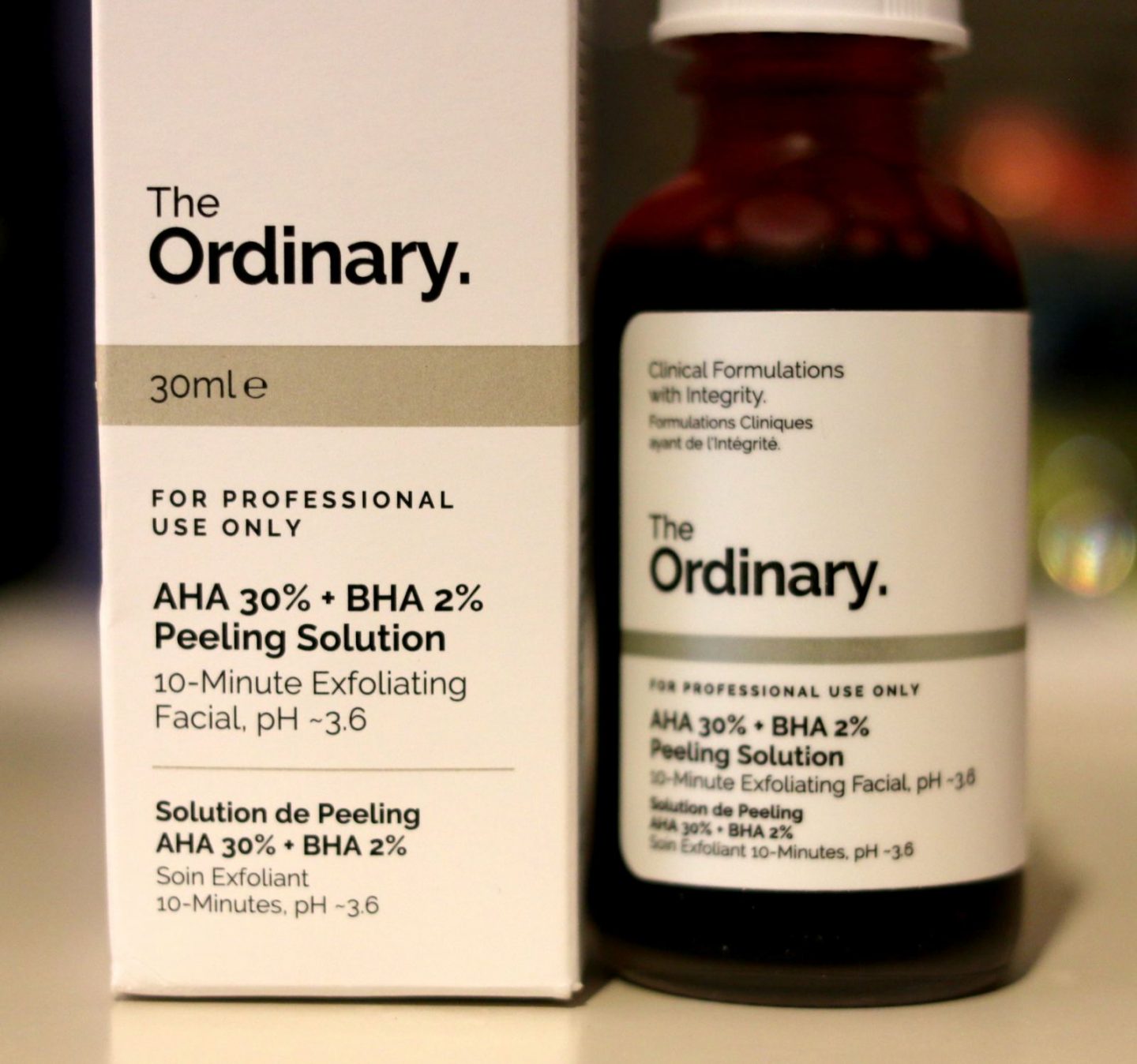Hi Everyone! I thought it would be helpful to list a little extra info on some of the most common (and not so common) acids as a guide while you make your way through the reviews on the blog. There are more coming up soon, including a comparison of the P50s, the Dennis Gross Pads, The Ordinary, and more clinical brands.
This is a simplified guide, designed to help you make product choices, not go into huge depths of detail.

Alpha Hydroxy Acids (AHAs)
These are the most commonly used acids and include Glycolic, Citric, Mandelic, Malic, Tartaric and Lactic.
They exfoliate the skin, stimulate collagen and GAGs (glycosaminoglycans) formation. They normalise the stratum corneum (the outer-most layer of the epidermis) and can regulate keratinization. Best for signs of aging.
Beta Hydroxy Acid (BHAs)
There is only one beta hydroxy acid – salicylic – derived from acetylsalicylic acid, or aspirin. Like AHAs, beta hydroxy acid (BHA) also acts as an exfoliant increasing the shedding of dead skin cells. BHA is extremely useful for treating breakouts and helps manage keratosis pilaris and other conditions that involve blocked or clogged pores.
Polyhydroxy Acid (PHAs)
The next generation of AHAs, these allow for slower and gradual penetration. The absorption is non-irritating and doesn’t sting. PHAs support the matrix around collagen, help restore skin barrier function and protect against collagen degradation. PHAs are probably the most multi-tasking of all acids.
Gluconolactone, lactobionic and maltobionic are examples of PHAs.
Best for signs of aging and sensitive or dehydrated skins.
What’s the main difference between them?
AHAs are water soluble so they do not penetrate deeply beneath the skin’s surface. BHA is oil (lipid) soluble. This allows the BHA to penetrate oily pores and help to exfoliate the pore itself. This is why salicylic is particularly helpful when used on oily and acnaic skins.
PHAs tend to be better for sensitive skins due to their larger molecular size and slower penetration. PHAs are great humectants on the skin, making them particularly good choices for dehydrated skins.

Glycolic
Containing the smallest molecule in AHAs, glycolic is derived from sugarcane and is the most effective AHA due to its ability to penetrate deeply and stimulate fibroblast cells to aid in collagen production. It exfoliates the skin by increasing cell turnover, evens skin tone and builds the support structure in the dermal matrix reducing wrinkles. It is the only acid that makes you sun sensitive.
Lactic
Historically derived from milk, more recently synthetically formed to maintain stability, lactic works to dissolve the glue in between cells on the surface making it good for gently exfoliating. Keeps the skin soft, acts like Pac Man on the surface of the skin, gently eating it away.
Mandelic
Fat soluble and derived from almonds, this is a good choice for oilier skins, as the molecules can penetrate even the greasiest of skins. Mandelic is antibacterial and can reduce oiliness with regular usage without harshly drying the skin out.

Citric
Reverses signs of photo damage while also improving the quality of the dermal matrix, can sometimes only be used at preservative level just so brands can claim it on the label. Look for specific mentions of citric in the descriptions on packaging, if they’re not there, it’s probably a preservative only.
Tartaric and Malic
Mainly derived from grapes/apples/pears and cherries, these two are more gentle on the AHA scale but do act as antioxidants and aid skin respiration.

Salicylic
Derived from willow bark, salicylic acid is oil soluble and penetrates and breaks down the ‘glue’ that causes breakouts and oily, uneven skins. It loosens desmosomes allowing the cell to let go of the excess sebum that oily skins like to hold on to. Think of desmosomes as handcuffs, attaching your cells together. Salicylic unlocks the handcuffs.
Gluconolactone
A largely antioxidant PHA, gluconolactone is the multi-tasker of all acids. It is made of multiple humectant hydroxyls, which hydrate the skin. It also attacks free radicals, protecting the skin from UV damage and strengthens barrier function, allowing the skin to reduce redness with regular use. Gluconolactone inhibits elastase, the cause of skin sagging, and helps maintain elasticity.
Lactobionic
Derived from milk sugars, lactobionic acids are massive antioxidants and help prevent and reverse signs of aging including lines, pigmentation, large pores and uneven texture. They promote skin firmness and stop the degradation of collagen. A natural humectant, they bind water to the skin, making them perfect for dehydrated skins.
Maltobionic
The most humectant of acids, it gives antioxidant protection, protects from hyperpigmentation caused by sun exposure and aids collagen degradation. Maltobionic acid can improve skin texture, firmness, clarity, tone and reduce wrinkles.

I hope that helps give you a little more info when it comes to picking your acid products. As always, if there is anything you think I’ve left out, let me know in the comments and I’ll add.
I’m collating some sites that go much more in-depth and will share those throughout the review process.
*The acids shown do not correlate to the specific pictures, they are just examples of general acid products.
Find out which acid might be best for you on the Skin Rocks Column.